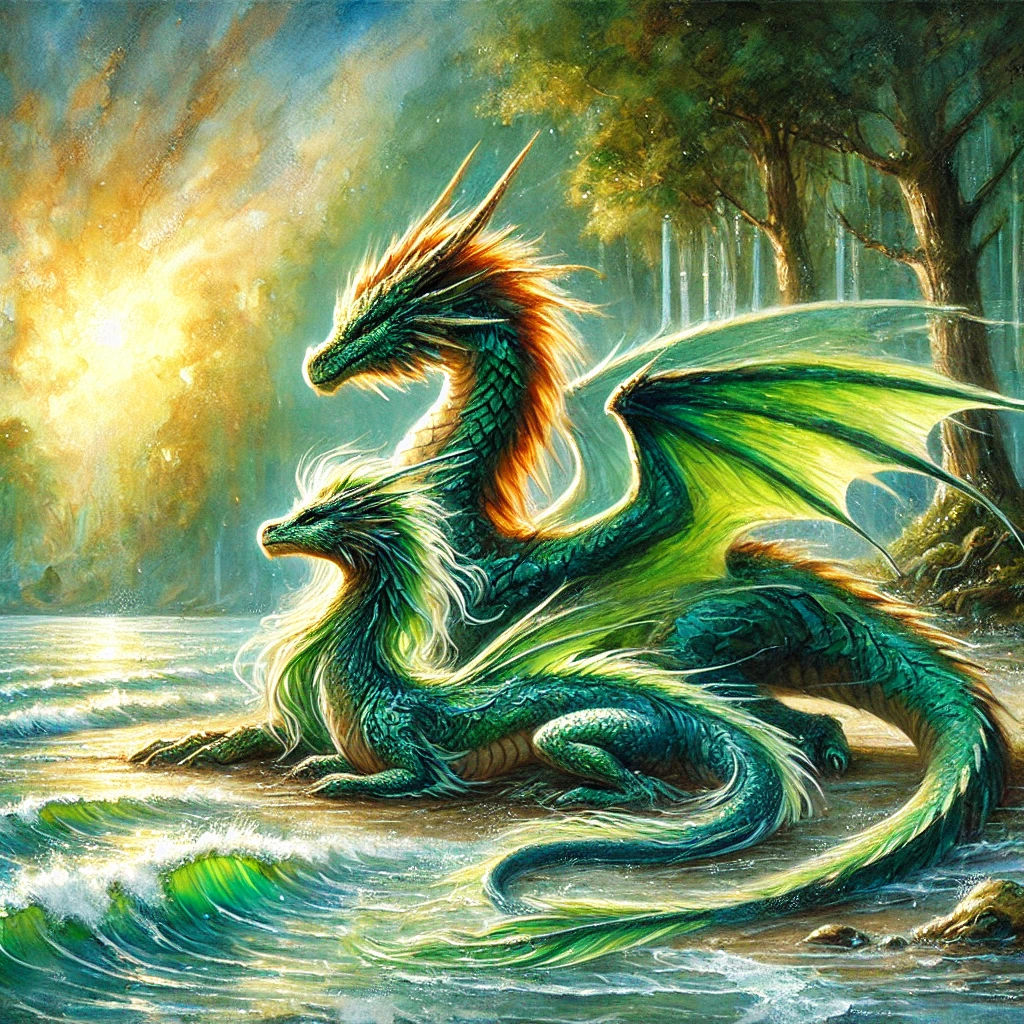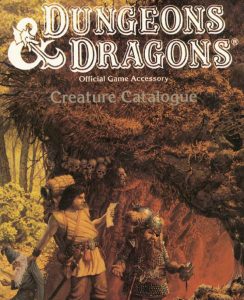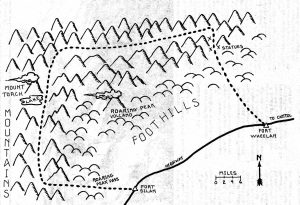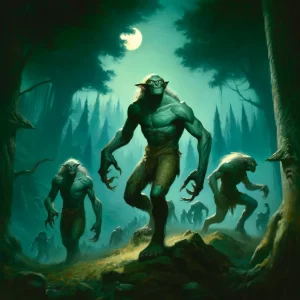
The grandeur and mystery of dragons' mating call in the realms of fantasy is a topic that captures the imagination and invites us to delve into a world rarely seen or written about. These majestic and enigmatic dragons of fantasy lore, creatures as ancient as time itself, embodying power, wisdom, and mystery - the lore surrounding these magnificent beasts, a particularly fascinating aspect is their mating rituals and calls, a topic that intertwines the realms of Pathfinder 2e, broader fantasy, and even echoes of historical mythologies.
The Intricacies of Dragon Mating Rituals
Pathfinder 2e Perspective
In Pathfinder 2e, dragons are not mere creatures; they are beings of ancient magic and profound complexity. Their mating rituals are as diverse and nuanced as the dragons themselves, reflecting their intrinsic elemental and moral alignments. Dragons are not just powerful reptiles; they are beings of ancient magic and diverse personalities. Their mating rituals are as complex and varied as the dragons themselves. Each dragon species, from the noble Golds to the cunning Greens, approaches mating with a unique set of behaviors and rituals that reflect their intrinsic nature.
- Gold Dragons: Known for their wisdom and nobility, Gold Dragons in Pathfinder 2e engage in courtships that emphasize intellectual compatibility and mutual respect. Their rituals often involve grand displays of magic and wisdom, such as creating intricate illusions or engaging in debates about arcane mysteries.
- Green Dragons: In contrast, Green Dragons, with their cunning nature, indulge in deceptive and intricate courtships. Their rituals might involve setting up elaborate schemes or riddles, testing the cunning and intellect of potential mates.

In Pathfinder 2e, dragons of different types exhibit unique mating rituals and behaviors that reflect their diverse nature and elemental alignments. While Gold and Green dragons have their distinct courtship methods, other dragons also display intriguing mating rituals:
- Red Dragons: Known for their fiery tempers and territorial nature, Red Dragons engage in fierce and dramatic displays of power. Their courtship often involves aerial combat and demonstrations of fire-breathing prowess, serving as both a test of strength and a mesmerizing courtship dance.
- Blue Dragons: These electrically charged dragons engage in rituals that showcase their control over lightning and storms. Their courtship might involve creating thunderstorms or lightning displays, symbolizing the intense and charged nature of their relationships.
- Black Dragons: Dwelling in swamps and marshlands, Black Dragons have a more sinister approach to courtship. Their rituals may involve bringing gifts of treasure or defeated foes to potential mates, showcasing their dominance and resourcefulness.
- White Dragons: The most animalistic of the chromatic dragons, White Dragons engage in straightforward and often brutal courtship rituals. They might engage in physical battles to prove their worthiness or hunt formidable prey to present to a potential mate.
- Silver Dragons: Noble and altruistic, Silver Dragons engage in rituals that emphasize mutual respect and shared ideals. They might embark on quests or perform feats of valor to impress each other, showcasing their chivalrous and noble nature.
- Bronze Dragons: Fascinated by warfare and often found near coastal regions, Bronze Dragons engage in elaborate underwater displays and mock battles. Their courtship rituals reflect their playful nature and interest in martial prowess.
- Copper Dragons: Known for their sense of humor, Copper Dragons engage in playful and mischievous courtship rituals. They might set up intricate pranks or engage in storytelling contests, valuing wit and humor in their potential mates.
Each dragon type in Pathfinder 2e brings its unique flavor to the mating ritual, reflecting the rich diversity and complexity of dragonkind in the game's lore. These rituals are not just about procreation but also about establishing connections and alliances that can last for centuries.
Fantasy Lore and Broader Perspectives
Fantasy literature not only provides a vast spectrum of interpretations of dragon mating but also delves into the deeper symbolism and significance of these rituals. Often portrayed as embodiments of elemental forces, dragons in various fantasy narratives come together in rituals that are more than mere courtships; they are grand celebrations of their ancient lineage and power.
As these solitary and territorial beings converge, their mating rituals often reflect the very essence of their being. The aerial dances are not just for show but are intricate ballets of the sky, where each movement tells a story of their ancient heritage and the raw forces they command. In these dances, dragons intertwine and spiral upwards, their scales glittering like jewels in the sun, creating a spectacle that is both awe-inspiring and humbling.
The more aggressive displays, such as clashing mid-air or unleashing their elemental breath, are not merely about demonstrating dominance. These are ancient rites, echoing the battles of old, where dragons tested each other's might and resilience. The clashing of titans in the sky, accompanied by the roaring of flames, crackling of lightning, or the chilling blast of frost, serves as a reminder of the dragons' role as primeval forces of nature.
Furthermore, in some narratives, the locations chosen for these rituals are of great significance. Dragons might choose ancient ruins, mystical ley lines (invisible channels of powerful energy that flow across the landscape, connecting various natural and supernatural phenomena), or places rich with magical essence as their mating grounds. These locations not only provide a dramatic backdrop but also resonate with magical energies that might enhance the dragons' power or even play a role in the conception of their offspring.
In essence, the mating rituals of dragons in fantasy literature are rich of symbolism, power, and ancient heritage. These rituals are a window into the soul of these magnificent creatures, showcasing their deep connection to the world's mystical forces and their timeless legacy.

Historical and Mythological Echoes
Drawing from historical lore, dragons are often seen as symbols of natural forces and primal power. Eastern mythologies, for example, depict dragons as rain-bringers, with their mating dances influencing weather patterns and bringing fertility to the earth. Their presence in these myths is deeply entwined with the elements, embodying the ebb and flow of rivers, the fertility of the soil, and the life-giving essence of rainfall. These dragons are revered as benevolent deities or spirits, often associated with prosperity, good fortune, and the balance of nature.
In European folklore, dragons are guardians of immense treasures, with their mating rituals intertwined with themes of power and protection. These dragons are often portrayed as formidable creatures, embodying the raw and untamed aspects of nature. Their lairs, located in deep caves or remote mountains, are said to house vast hoards of gold and precious gems, symbolizing the wealth and bounty of the earth itself. The mating rituals of these dragons are shrouded in mystery and legend, often said to involve displays of strength and dominance, echoing the harsh and unforgiving aspects of the natural world they represent.
Furthermore, in both Eastern and Western traditions, the mating of dragons is seen as an event of cosmic significance. It is a time when the veil between the natural and supernatural worlds grows thin, and the raw energy of creation is at its peak. The union of dragons is believed to bring about changes in the world's magic and energy, affecting ley lines and arcane currents. For those attuned to these mystical forces, such events are opportunities for great magical discoveries or cataclysmic upheavals.

In many cultures, the offspring of such unions are regarded with a mixture of awe and fear. These dragon hatchlings are seen as potent symbols of new beginnings, embodying the endless cycle of destruction and rebirth that governs the natural world. Their birth might herald great changes, such as the dawn of a prosperous era or the awakening of long-dormant powers within the land.
Incorporating these rich and varied interpretations of dragon lore into a setting like Pathfinder 2e, the mating of dragons could be an event of great narrative and gameplay significance. It could herald the start of epic quests, shape the fate of entire regions, or even alter the fabric of reality itself. For players and Game Masters alike, such events offer endless possibilities for adventure and exploration in a world where the ancient power of dragons shapes the very destiny of all who dwell within it.
The Enigma of Dragon Calls
The calls of dragons, especially in a setting like Pathfinder 2e, are not mere sounds but manifestations of deep magic and primal forces. These sonorous roars and haunting whispers carry more than just auditory significance; they embody the very essence of draconic power, echoing through the realms of magic and reality alike. In the world of Golarion, a dragon's call can resonate with the ley lines of arcane energy, stir the spirits of the land, and even impact the weave of fate itself.
Dragons, as ancient beings, possess an intrinsic connection to the elements and the ethereal. Their calls can summon storms, quell raging fires, or even bring about a sense of calm over a turbulent sea. This phenomenon is not just a mere display of raw power but a testament to their deep-rooted bond with the world's mystical fabric. A dragon's cry in the mountains might cause the earth to tremble, a sign of its dominion over the terrestrial forces, while a dragon's lament in the night sky might cause the stars to shimmer more brightly, reflecting its sorrow or joy.
These calls also serve as a means of communication among dragons. Far from simple vocalizations, they are complex expressions of emotions, intentions, and even knowledge. Elder dragons, through their calls, can impart wisdom and warnings to younger kin, transcending the barriers of language and species. Adventurers who have spent their lives studying draconic lore might be able to interpret these calls, though the true depth of their meaning is often shrouded in mystery, accessible fully only to the dragons themselves.
In Pathfinder 2e, a dragon's call can be an integral part of a campaign. Masters might use it as a narrative tool, signaling the presence of a dragon, foreshadowing future events, or even as a mechanic in a climactic encounter. For players, understanding and potentially harnessing this power could turn the tide of an epic battle or unlock ancient secrets lost to time.

Thus, in Pathfinder 2e, the call of a dragon is much more than a fearsome roar or a haunting melody. It is a symphony of ancient magic, a voice of the primordial world, and a pivotal element that weaves into the grand saga of heroes and legends.
- Sonic Majesty: Dragon calls are often described as otherworldly and powerful, echoing through mountains and forests. Depending on the dragon, these calls might range from melodious songs to fearsome roars, each imbued with magical properties.
- Magical Resonance: In Pathfinder 2e, dragon calls during mating rituals are significant, affecting the magical energies of the world. These calls might awaken ancient spells, enchant entire regions, or even summon other mythical creatures.
- Ritual Significance: In some Pathfinder 2e lore, dragon calls are part of complex magical rituals. They might be used to cast powerful enchantments, open gateways to other planes, or invoke ancient pacts and curses.
The Dragon's Response
The response of a female dragon to a mating call can be as complex and varied as the dragons themselves. Each dragon species might exhibit unique behaviors, but generally, these responses are deeply rooted in the mystical and primal nature of dragons.
- Echoing Call: A female dragon might respond with her own call, echoing or complementing the male's call in a way that resonates with the surrounding magic and nature. This call could vary in tone and intensity, depending on her interest and the rituals of her species.
- Display of Power or Beauty: In some dragon cultures, the response might involve a display of power, such as a breathtaking aerial dance, a demonstration of magical prowess, or a showcase of physical strength or beauty. This display not only signals her interest but also her status and suitability as a mate.
- Territorial Acknowledgment: If the female dragon is territorial, her response might be initially aggressive, challenging the male to prove his worthiness. This could involve aerial combat, tests of intelligence or cunning, or a series of trials.
- Magical Interaction: Considering the deep connection dragons have with magic, a female dragon's response could involve a unique magical interaction. This might manifest as a shared magical phenomenon, like conjuring a storm together, creating a spectacular aurora, or even temporarily altering the landscape in a display of combined power.
- Ritualistic Behavior: Dragon mating rituals might involve complex, ritualistic behaviors that have been passed down through centuries. This could include a series of intricate dances, the exchange of gifts (like precious gems or magical items), or performing a sacred ceremony that ties to the lore of their kind.
- Strategic Consideration: In some cases, especially with highly intelligent dragon species, the response might involve a period of evaluation or negotiation. The female dragon might assess the male's strength, intelligence, hoard size, or other qualities she deems important before responding.
- Telepathic or Emotional Bonding: The response could be less about physical displays and more about establishing a mental or emotional connection. This might involve sharing thoughts, dreams, or emotions telepathically, weaving a bond that transcends physical interaction.
In a game setting adventurers might come across this ritual in action and see these responses can be a rich source of storytelling and world-building. Masters can set the stage for quests (e.g., players tasked with facilitating or witnessing such a rare event), impact the environment (such as changes in weather or magical energy due to the dragons' rituals), or even lead to political or territorial changes in the region where these dragons reside. The response of a female dragon in such a lore-rich setting is not just a biological reaction but a significant event that can have wide-reaching implications for the world.

A Dance of Mythic Proportions
The mating rituals and calls of dragons in fantasy realms, particularly in Pathfinder 2e, highlight the depth and complexity of these legendary creatures. From the intellectual courtships of Gold Dragons to the elemental dances of Blue Dragons, these rituals are a blend of magical potency and profound symbolism.
Ultimately, the exploration of dragon mating rituals and calls is a journey into the heart of fantasy itself. It's a reminder of the rich and diverse narratives that these mythical creatures inspire, transcending cultures and eras. The dance of dragons, in their mating rituals, is not just a display of power and magic but a reflection of the boundless imagination that continues to make the fantasy genre an ever-evolving and captivating realm.






